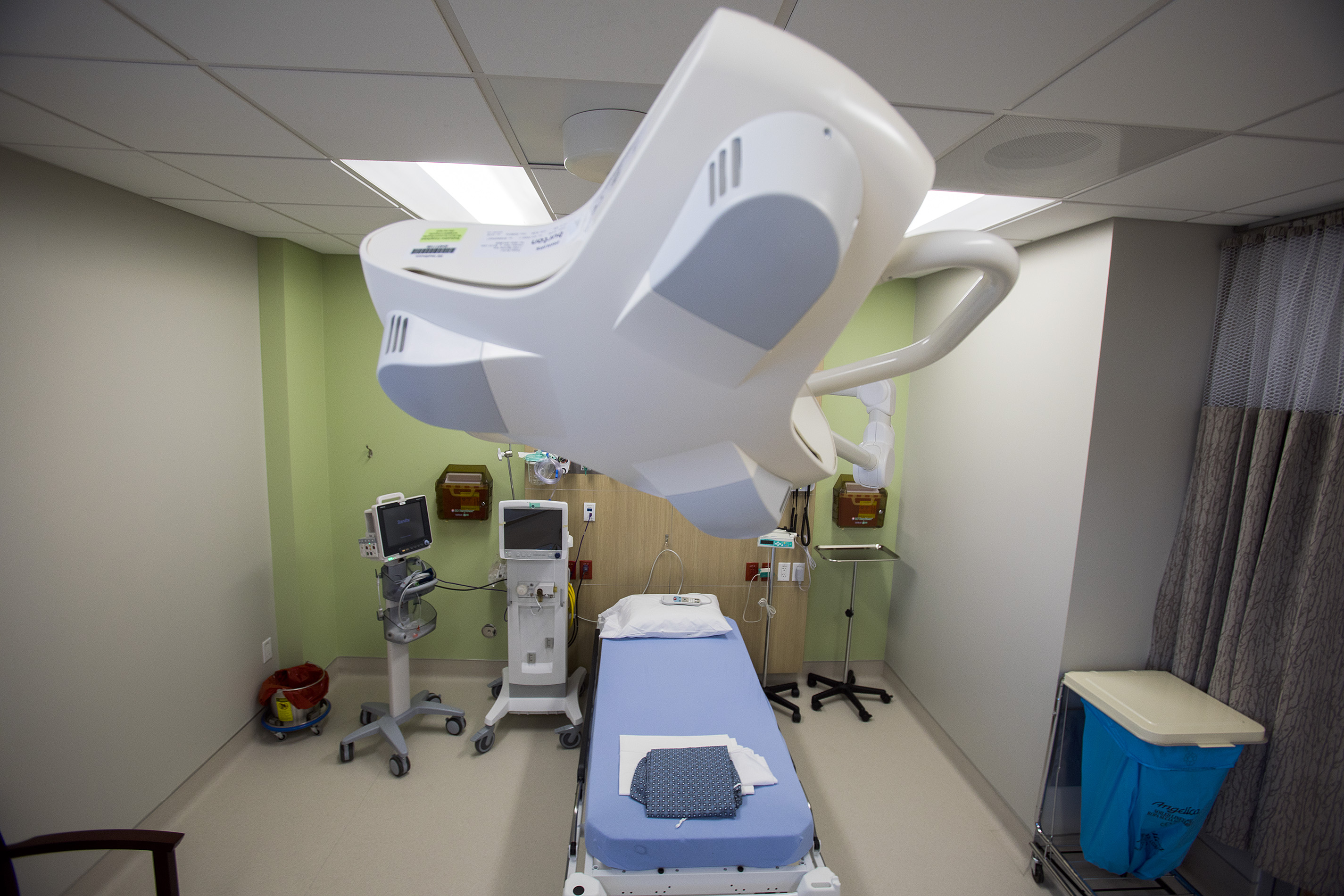Despite federal uncertainty, Nevada health insurance exchange focusing on outreach ahead of open enrollment

While the Senate gears up for yet another debate next week over repealing the Affordable Care Act, this time in the form of the so-called Graham-Cassidy proposal, Nevada’s insurance exchange has a message for consumers.
“Open enrollment is happening, regardless of what happens with Graham-Cassidy,” said Heather Korbulic, the exchange’s executive director, on Thursday. “There are going to be plans, and we are going to be available with subsidy assistance.”
With just a little more than a month before open enrollment begins, exchange officials gathered together brokers, enrollment assisters, providers and navigators in a ballroom at the Suncoast Hotel and Casino Thursday morning to talk about how to ensure all eligible residents are made aware of the insurance options available to them on the exchange ahead of the upcoming open enrollment period. Amid federal uncertainty over the future of the Affordable Care Act, the Silver State Health Insurance Exchange and similar agencies in other states are also grappling with a rule change from the Trump Administration earlier this year shortening the open enrollment period from three months to 45 days, from Nov. 1 to Dec. 15.
“There's just so much uncertainty about the Affordable Care Act — there's so much confusion about cost sharing reductions, will there even be a marketplace — that we wanted to get our community partners together, we wanted to get influencers in the same room so we can get them the same messages and separate myth from fact and say, ‘Here's what we're looking at. Here's what we need your help to communicate outwardly,'” Korbulic said.
One of those uncertainties at the federal level has been the administration’s reluctance to commit to continuing to pay the so-called cost-sharing reductions, subsidies from the federal government that reduce out-of-pocket costs for deductibles and co-pays for low-income people. If those payments end, insurers will have to raise the cost of their premiums.
The Division of Insurance won’t release its final rates for both individual and small group insurance coverage until Oct. 2. Individual market carriers proposed average rate increases between 15 and 26 percent on average, according to Mackay Moore, a chief insurance examiner with the division.
With the cost-sharing reductions in jeopardy, the division has decided to raise rates for the “silver” level exchange plans by an additional 11 to 13 percent. Essentially all of that increase would be absorbed by increased federal premium tax credits for those who make below 400 percent of the federal poverty level, but unsubsidized individuals would be left bearing the full cost of the increase.
“It's a minimal impact to a consumer who's getting financial assistance but not for the people who are not getting financial assistance,” Korbulic said.
During the last open enrollment period, 89,061 Nevadans enrolled to purchase insurance off the exchange. More than 80 percent of them are receiving subsidies that help them pay for their insurance.
The exchange will offer 14 qualified health plans during the upcoming enrollment period between Health Plan of Nevada and SilverSummit, a subsidiary of Centene that agreed in August to offer coverage to the roughly 8,000 Nevadans across 14 rural counties after Anthem pulled out of Nevada entirely. Residents in Clark, Nye and Washoe counties will have a choice between all 14 plans, with those in the remaining 14 counties limited to the four plans offered by SilverSummit.
Nevada won’t be affected by the federal government's decision to slash funding to market Obamacare, since its $3.2 million marketing and outreach budget is entirely self-funded by the fees the exchange collects from insurers. But it will be using some of that money to conduct direct outreach to existing exchange customers, whose contact information the federal government has agreed to give to the state after previously resisting doing so, Korbulic said.
“I've been talking about the issue of not having that data pretty publicly, so I think that inspired and incited additional motivation for them to get us that contact information,” Korbulic said. “I think probably a part of it has to do with the fact that they're not going to be doing as much marketing and outreach and recognized that we're going to need to do that work.”
But Korbulic is still concerned that the federal health-care enrollment website that Nevada uses, healthcare.gov, does not have the necessary infrastructure to handle the extra demand likely to be placed on the system due to the shortening of the enrollment period. Frustrated individuals unable to complete their application online may decide to not purchase on the exchange altogether, she said.
The exchange is encouraging individuals to take the time to sit down with an enrollment provider to consider the plans available to them and the subsidies for which they may qualify, or at the very least, peruse the plans available to them through the marketplace.
“Even in communities that are only going to have one option — like there are 14 counties that have lost their Anthem plans but will have Centene, or Silver Summit — those individuals, their provider network will be different, the insurance company will be different,” Korbulic said. “So we want them to sit with an enrollment professional to really understand what their plan and benefits look like because plans and benefits change every year.”
